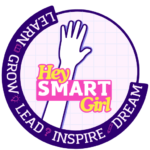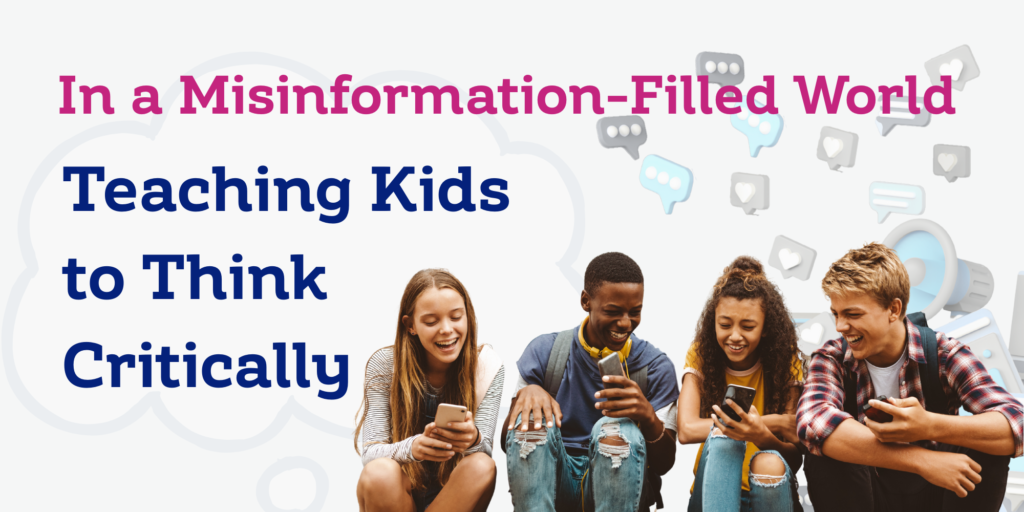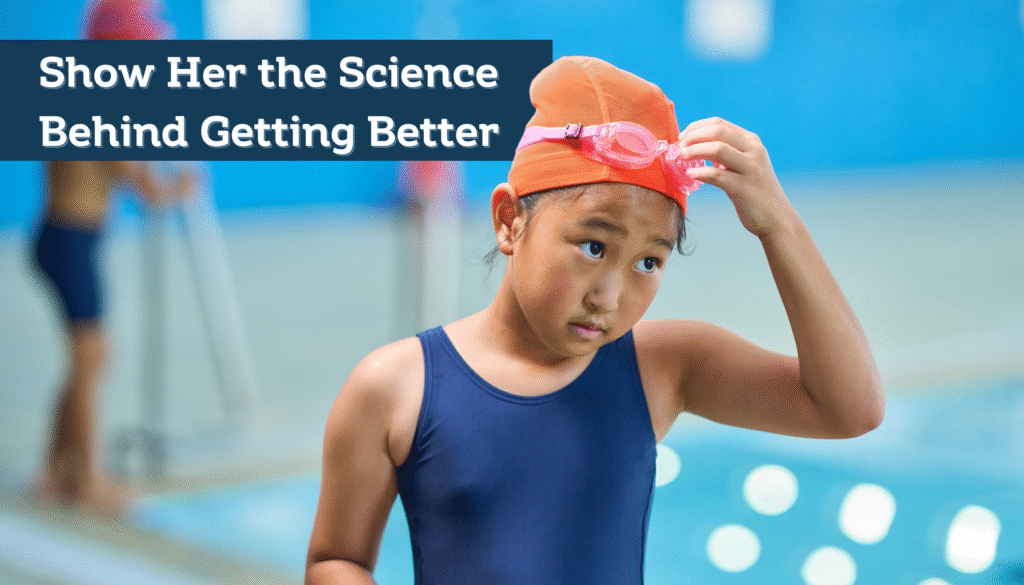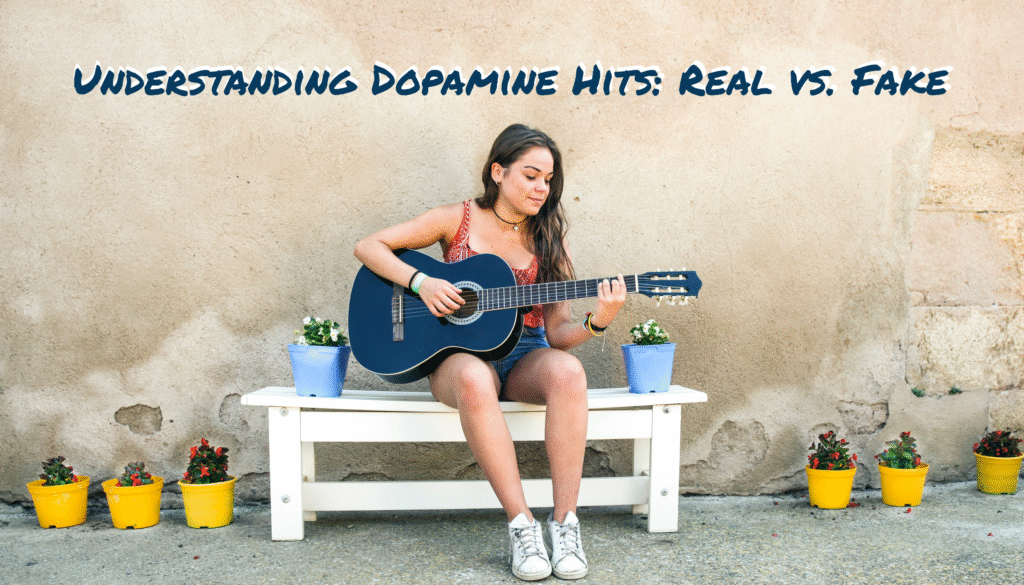From viral trends to clickbait health claims, teens are constantly absorbing messages that shape how they see the world—and themselves. And because adolescent brains are still developing, especially in areas related to judgment and impulse control, they’re particularly vulnerable to misinformation.
It’s a fact: teens are biologically more susceptible to influence. This is especially true when that influence comes from peers or persuasive media. So while you may struggle to get your teen to study, their peers can easily persuade them to try something new—simply because their developing brains are wired for exploration, risk-taking, and social feedback. That wiring makes them more open to suggestion… but also more vulnerable to misinformation.
Whether it’s:
- Inaccurate diet trends that promise fast results but risk harming their physical and mental health
- False advertising for products or “miracle cures”
- Biased reporting on political or global issues that shapes their worldview without balance
…it’s clear: teaching kids how to think is more important than telling them what to think.
In this post, you’ll learn research-backed strategies—including tips from science educator Bill Nye—that you can use to help your child question what they hear, assess the credibility of information, and develop a healthy skepticism—without becoming cynical.
Why Critical Thinking Matters for Kids and Teens
Critical thinking isn’t just about being smart. It’s about being thoughtful, curious, and willing to evaluate ideas before accepting them. That includes:
- Asking the right questions
- Challenging assumptions (even their own)
- Distinguishing fact from opinion
- Identifying emotional manipulation or bias
- Looking for evidence before reaching conclusions
These aren’t just classroom skills—they’re life skills.
As Bill Nye puts it, critical thinking is the most important skill we can have today, and it will help all of us move into the future with clarity and confidence.
Step 1: Filter the Claim – Use Critical Thinking Tools
One of the most powerful skills we can give our kids is the ability to pause and ask:
“Is this actually true?”
In today’s world of advanced artificial intelligence and sophisticated fakes—where everything can be manipulated—teens need to know that just because something looks or sounds convincing doesn’t mean it’s based in fact.
Not every statement your teen sees on TikTok or hears from a friend is worth believing. To help them become more discerning thinkers, introduce these three simple filters that Bill Nye recommends:
- Is the claim specific?
Vague or sweeping statements should be a red flag. - Is there a simpler explanation?
(This aligns with Occam’s Razor—the simplest explanation is often the right one.) - Can the claim be independently verified?
Can your teen find another reliable source that confirms it?
Real-Life Example to Share with Your Teen
Cigarettes Were Once Sold as Healthy – hard to believe right!
Back in the 1950s, cigarette ads featured doctors promoting smoking for stress relief. Everyone believed it—until research finally caught up and proved smoking caused cancer, heart disease, and addiction.
Takeaway for teens: Just because something is widely accepted doesn’t make it right. Always look for real evidence.
Step 2: Watch for Red Flags
Teach your child to look out for common signs of misinformation:
- Too-good-to-be-true claims (“This pill will change your life in 3 days!”)
- Emotional appeals with little substance
- Lack of sources or anonymous claims with no clear evidence
- Overuse of buzzwords like “miracle,” “natural,” or “detox” without explanation
- Hidden financial interests (Who stands to benefit?)
Your teen should also understand the economics of social media. Millions of followers doesn’t make someone an expert—but it does often mean they’re getting paid to influence.
Ask your teen:
“Does this sound like it’s trying to make you think… or trying to make you react?” “Why?”
Step 3: Challenge Your Own Beliefs
We all hold biases—it’s part of being human. But the real strength of a critical thinker is the ability to say:
“Hmm, I might be wrong. I should look into that.”
Encourage your child to question their own opinions and beliefs:
- Why do they believe that?
- What’s the logic behind their thinking?
- What evidence supports it—or doesn’t?
To take it a step further, encourage your teen to:
- Engage in respectful debates with peers, teachers, or those with different opinions
- Conduct mini research projects that require them to consider multiple viewpoints
For example, if they’re discussing a social issue, they could look for both research studies and historical context to support or challenge their stance. This develops a habit of seeking evidence—protecting them from blindly following trends that might be harmful.
Step 4: Think Like a Scientist – Test the Hypothesis
Teach your child to use the scientific method in everyday thinking. After questioning their beliefs, they can look for ways to gather evidence or test them.
Example: If they believe that studying with music helps concentration, suggest a small experiment—alternate study sessions with and without music and track the results.
Proceed with caution: Obvioulsy If their hypothesis is something risky (like thinking they can safely jump from the roof), it’s clearly not one to test in real life! But you can turn it into a fun physics or math experiment together—test how objects fall, calculate trajectories, or explore gravity safely. The point being you can think outside the box to come to your conclusion.
Step 5: Build Critical Thinking Into Everyday Life
You don’t need to be a scientist to raise a critical thinker. Try these everyday strategies:
1. Model Critical Thinking
Let your kids see your thought process. This is called “visible thinking.”
When you’re making decisions or reading something, think out loud:
“Hmm, who wrote this? What’s their source? Does it make sense?”
Share stories about times you were misled by misinformation. Let them learn from your mistakes—and your growth.
2. Distinguish Fact from Opinion
While watching a video, reading the news, or seeing an ad, ask:
- “Is this a fact or an opinion?”
- “Can we verify this another way?”
- “Who benefits if we believe this?”
Teach them to “fact-check” before accepting or sharing information—just like journalists and scientists do.
3. Practice Healthy Skepticism
Students often struggle to distinguish credible sources online. Help your teen understand:
- Not all sources are equal
- Emotional language can be manipulative
- Confirmation bias is real
Encourage them to verify claims and cross-check sources before drawing conclusions.
4. Encourage Debate and Discussion
Create open space—at dinner or in the car—for discussion.
Ask their opinion, then gently challenge it with another perspective. Encourage respectful debate—it builds both resilience and empathy.
Try a family “myth-busting night.” Pick a common myth and research the truth together using reliable sites like Snopes or FactCheck.org.
5. Let Them Be Curious
Kids are naturally curious—but the teenage “why?” phase can test even the most patient parents.
Still, don’t shut it down. That question is golden—it’s the foundation of critical thinking.
Ask back:
- “Where did you hear that?”
- “How do you know it’s true?”
- “What’s another possible explanation?”
These simple moments show your teen that curiosity and critical thinking are for everyday life, not just school.
And yes—like everything else in parenting, the best lessons are modeled, not preached.
Final Thoughts: Critical Thinking = Resilience + Confidence
In today’s world, teaching your kids to think critically isn’t a luxury—it’s protection.
It helps them:
- Make informed decisions
- Avoid being manipulated
- Solve problems creatively
- Form thoughtful opinions
- Become resilient, independent thinkers
Dr. Judy Willis, neurologist and educator, explains that when kids engage in reflective decision-making, they strengthen their prefrontal cortex—the brain region responsible for judgment and planning. That means every time they reason through a challenge, they’re literally building stronger brain connections.
So start small. Ask simple questions. Share stories—like the time you covered yourself in cooking oil to get a tan (we’ve all been there, right?). Laugh. Reflect. Explore the “why” together.
Small steps. Big ripple effect.
Bonus: Science Is the Ultimate Critical Thinking Playground
Critical thinking isn’t about finding the “right” answer—it’s about asking better questions.
And curiosity? That’s the spark that keeps kids learning, growing, and adapting in a fast-changing world.
That’s why science—and hands-on experiments—are one of the best ways to nurture critical thinking. Science requires hypothesizing, testing, observing, and analyzing—all fundamental critical thinking processes.
When kids engage with science, they learn to:
- Form hypotheses
- Test ideas
- Analyze data
- Revise their thinking based on evidence
If you’ve got a curious girl in your life—or want to help your daughter develop critical thinking—check out the Hey Smart Girl series.
The Hey Smart Girl book series—empowering girls to lead, think, and grow through science and curiosity. Find out more.







